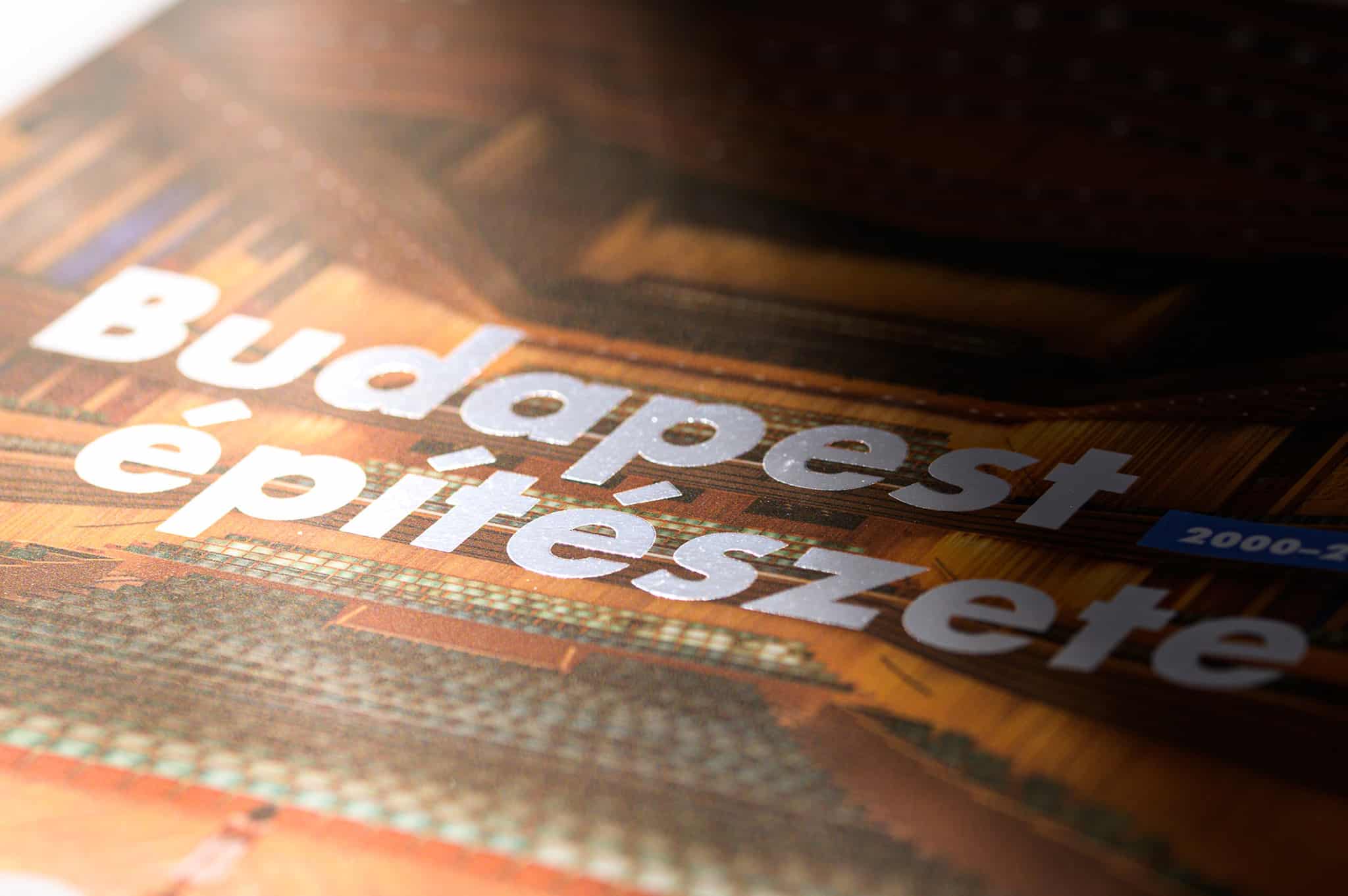
Book
“I like Csoóri’s insight that the picture is an imaginable and thought-through event. It is not only true, not only objective, but also a story that can be woven further. György Palkó’s pictures are like that too.


They avoid bravura viewpoints, yet they are exciting, both objective and poetic, emotionally balanced, precise but not closed. They do not settle on the viewer, that is, they can be continued, they give space to the imagination. And when the imagination is given space, new worlds are born from it. The imagined space itself is pure architecture.
The text is also architecture. Every piece of writing in the book has a definite, logically constructed structure, but also a mood, each piece of writing is simultaneously emotional and intellectually charged. Anett Mizsei’s texts are not picture explanations, but creations with their own value. And just as the power of the pictures does not lie in their objectivity, these texts are exciting not because of their truth content, but rather because of their openness. We can continue to write the lines in our imagination with our own insights, suspicions or convictions.
The design of the book is tied to the person of Balázs Sipos. We can hold an object that delights the eye and soul. It also has a spacious, fresh space, in line with the previously mentioned thought. The entire album is permeated by this spaciousness and fresh spirituality.” – excerpt from Mihály Balázs’s laudation at the book launch on April 22, 2022.




Budapest's architecture has never looked so cool as in this book
By László Bagi, Forbes
Let us not think of a light, subjective list by chance: we get a balanced selection, whether we look at the functions (stadium, villa, office building, market, sacred building, kindergarten, apartment building are also included in the book), the territorial distribution, or the architectural offices, thanks to which both landmark buildings and outsiders were included, and even the topic of reuse was nicely explored. An exciting, partly unknown Budapest tableau unfolds before us, and the overall effect, together with the texts, will be truly strong. Anett Mizsei – herself an architect who publishes regularly – has moved away from rigid architectural descriptions,
We Fell in Love with Budapest Again Thanks to This Fresh Architectural Book
By István Ujlaky-Gazdag, Roadster
Let’s not think of a light, subjective list: what we get is a balanced selection, whether we look at the functions (the book includes stadiums, villas, office buildings, markets, sacred buildings, kindergartens, and residential buildings), the geographical distribution, or the architectural studios. Thanks to this, both landmark buildings and outsiders have been included, and the topic of reuse has been thoroughly explored. An exciting, partly unknown tableau of Budapest unfolds before us, and the overall impact becomes truly powerful together with the accompanying texts. Anett Mizsei – herself an architect and regular writer – breaks away from rigid architectural descriptions. The photographs and their accompanying texts are perfectly balanced, with the latter guiding the reader through the buildings’ stories and significance in an accessible manner. This publication is a truly fitting tribute to Budapest’s modern architecture while serving as an inspirational source for anyone interested in the building blocks of our cities’ futures.
Budapest's contemporary architecture in one volume, like you've never seen it before!
By Kitti Mayer, Hype&Hyper
Don't let the title and cover image scare anyone away: in this volume, it's not just spectacular public institutions and gigantic office buildings that have come before the lens of György Palkó's camera. There are also plenty of projects in the book that go far beyond the concept of architecture, and it's great that the authors and editors have openly accepted this: the selection does not only cover houses and buildings, but also presents projects such as the playground of the Jesuit Church of the Heart of Jesus, the Pesterzsébet Bath, the stations of the fourth metro line or the Kopaszi Dam. The nearly 240-page publication is transparent, well-structured and enjoyable to read: we can find wonderful photos and texts written in a clear style (and in a reader-friendly format!), and this is another great advantage of the book. As Anett Mizsei put it: “we should talk about architecture much more, and architects should talk about architecture more, not only among themselves, within the profession, but also with those who do not necessarily understand architecture”. We ourselves can fully agree with all this. After all, the house, the built environment, still surrounds us, it would be fitting to approach it in an understanding way, and this is only possible if someone helps us, laypeople, to see and understand the value and meaning behind buildings. This book helps with this.


